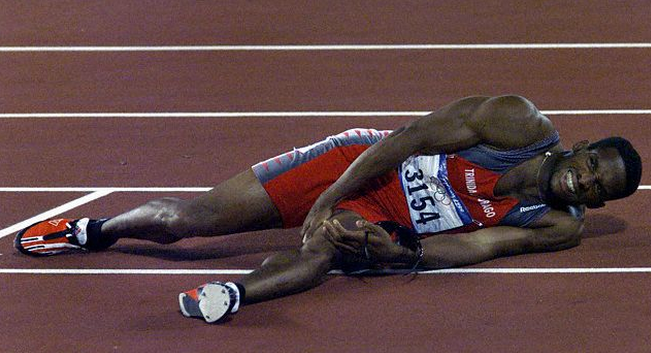
Sports and physical activities are a vital part of many people’s lives, offering a way to stay fit and a sense of community, achievement, and fun. However, with these benefits come risks, particularly in orthopaedic injuries. These injuries, which can range from sudden, acute problems like a torn ligament to more gradual, chronic issues such as tendinitis, can disrupt an athlete’s routine and goals, sometimes significantly.
For athletes at any level, understanding these injuries is crucial. It’s not just about knowing what might go wrong but also about learning how to prevent these issues and effectively manage them if they do occur. This knowledge is vital to maintaining physical health and a positive and resilient mindset, ensuring a faster and safer return to the activities they love.
Types of Orthopaedic Injuries Common in Sports
Athletes are susceptible to various orthopaedic injuries, each with unique causes, symptoms, and challenges. Understanding these common injuries is the first step in effective prevention and treatment.
- Sprains and Strains: Often occurring in the ankles, knees, and wrists, sprains involve ligament damage, while strains affect muscles or tendons. They’re usually caused by overstretching or tearing due to sudden movements.
- Knee Injuries: The knee is particularly vulnerable in sports. Common knee injuries include Anterior Cruciate Ligament (ACL) tears, meniscus tears, and patellofemoral syndrome. They often result from twisting motions, sudden stops, or direct impact.
- Fractures: These are breaks or cracks in bones, often resulting from high-impact collisions or falls. Stress fractures, a subtler form, develop over time due to repetitive stress on a bone.
- Dislocations: This injury happens when a bone is forced out of its normal position, commonly affecting shoulders, fingers, and knees. It’s often accompanied by pain, swelling, and immobility.
- Overuse Injuries: These occur from repetitive strain and include conditions like tendinitis and elbow bursitis. They’re common in sports that involve consistent, repetitive motions.
Causes and Risk Factors
Understanding the causes and risk factors of sports-related orthopaedic injuries is key to prevention and safe practice. While some factors are uncontrollable, others can be managed to minimize risk.
- Impact and Physical Contact: Sports involving contact (like football, rugby, and hockey) or high-impact movements (such as running or jumping) significantly increase the risk of fractures and dislocations.
- Repetitive Motion: Activities that require repetitive movements, such as swimming or tennis, often lead to overuse injuries like tendinitis or stress fractures.
- Inadequate Training or Poor Technique: Skipping proper warm-ups, overtraining, or using incorrect techniques can strain the body, leading to various orthopaedic injuries.
- Equipment Misuse or Failure: Using improper gear or equipment worn out or not fitting properly can cause injuries. For example, worn-out running shoes increase the risk of foot and ankle injuries.
- Pre-existing Conditions and Genetic Factors: Athletes with previous injuries or certain genetic conditions may have a higher risk of orthopaedic injuries. Awareness of one’s medical history and taking preventive measures is crucial.
Diagnosis and Treatment
Once an orthopaedic injury occurs, prompt and accurate diagnosis followed by effective treatment is vital for a successful recovery. Understanding this process can help athletes navigate their recovery journey more effectively.
Initial Assessment and When to Seek Medical Help
Immediate joint pain, swelling, or difficulty moving may indicate a serious injury. Athletes should seek medical attention for a proper assessment, especially if symptoms persist or worsen.
Common Diagnostic Tools
Health professionals often use X-rays, MRI scans, and CT scans to diagnose the extent and nature of the injury. These imaging techniques are crucial in determining the appropriate course of treatment.
Treatment Options
Common approaches include the RICE method (Rest, Ice, Compression, Elevation) for minor injuries, physiotherapy, and, in some cases, surgery. Understanding health insurance coverage is crucial for managing treatment costs.
Understanding health insurance coverage is crucial for managing treatment costs, especially considering the potentially high expenses of specialized treatments and surgeries. Athletes should be well-informed about their insurance options. As such, knowing what is commercial insurance health is essential. It can offer different coverage levels suitable for sports-related needs. This knowledge can be vital in ensuring that athletes receive the best possible care without facing overwhelming financial strain.
Importance of Rehabilitation and Recovery
Post-treatment, rehabilitation is crucial for regaining strength and mobility. A well-planned rehab program, often involving physical therapy and a gradual return to activity, is key to a full recovery.
Beyond immediate treatment, long-term strategies such as lifestyle changes, continuous strength and flexibility training, and regular medical check-ups are important to prevent future injuries and maintain overall orthopaedic health.
Prevention Strategies
Preventing sports-related orthopaedic injuries is crucial for athletes to maintain their performance and longevity in sports. Effective prevention strategies encompass a range of practices, from training techniques to lifestyle choices.
- Proper Warm-Up and Cool-Down Routines: Starting with a warm-up that includes dynamic stretching prepares the body for physical activity, reducing the risk of strains and sprains. A cool-down with static stretching post-activity helps in muscle recovery and prevents stiffness.
- Strength and Flexibility Training: Building muscle strength, particularly in areas prone to injury, can provide better support to joints and reduce injury risk. Flexibility exercises enhance the range of motion, decreasing the chances of muscle and ligament injuries.
- Appropriate Gear and Equipment: Using the right equipment, like supportive footwear, protective padding, and helmets, is essential in injury prevention. Regular checks and maintenance of this equipment ensure ongoing safety.
- Adequate Rest and Recovery: Incorporating rest days into training schedules and ensuring sufficient sleep are critical. Over-training can exacerbate your injury.
- Technique Improvement and Coaching: Proper technique, often overlooked, is fundamental in preventing injuries. Professional coaching can help correct form and technique, reducing the risk of injury due to incorrect practices.
Wrapping Up
Navigating the challenges of sports-related orthopaedic injuries requires a comprehensive approach that spans awareness, prevention, timely diagnosis, appropriate treatment, and dedicated rehabilitation.
For athletes, this journey is not just about physical recovery; it’s also about understanding the various aspects that contribute to their overall well-being, including the importance of proper insurance and financial planning for medical treatments.






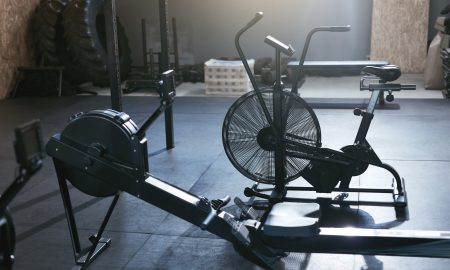
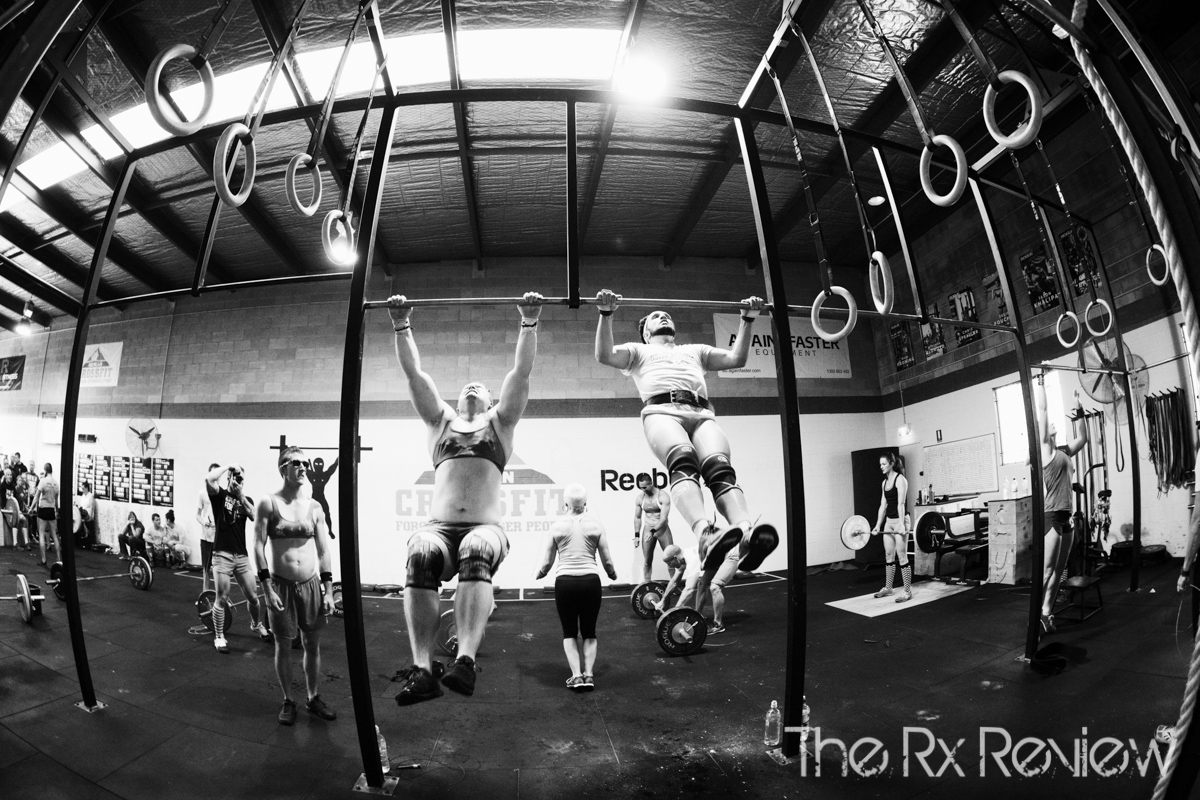

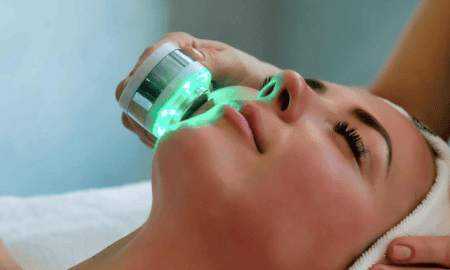
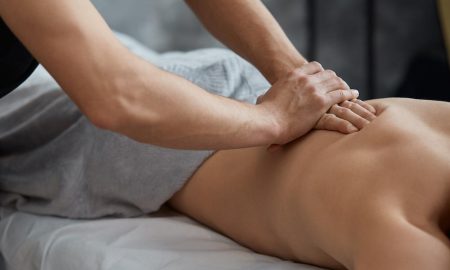
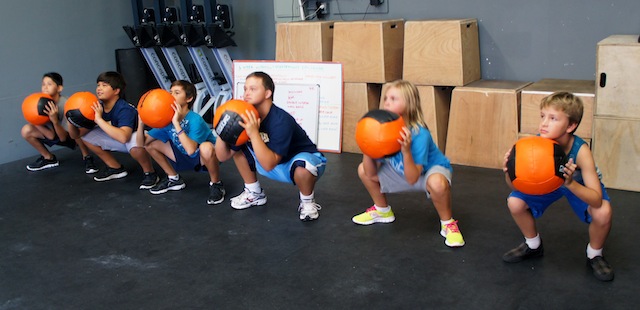
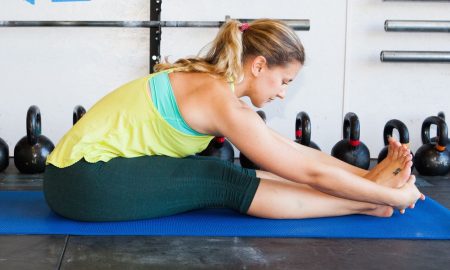
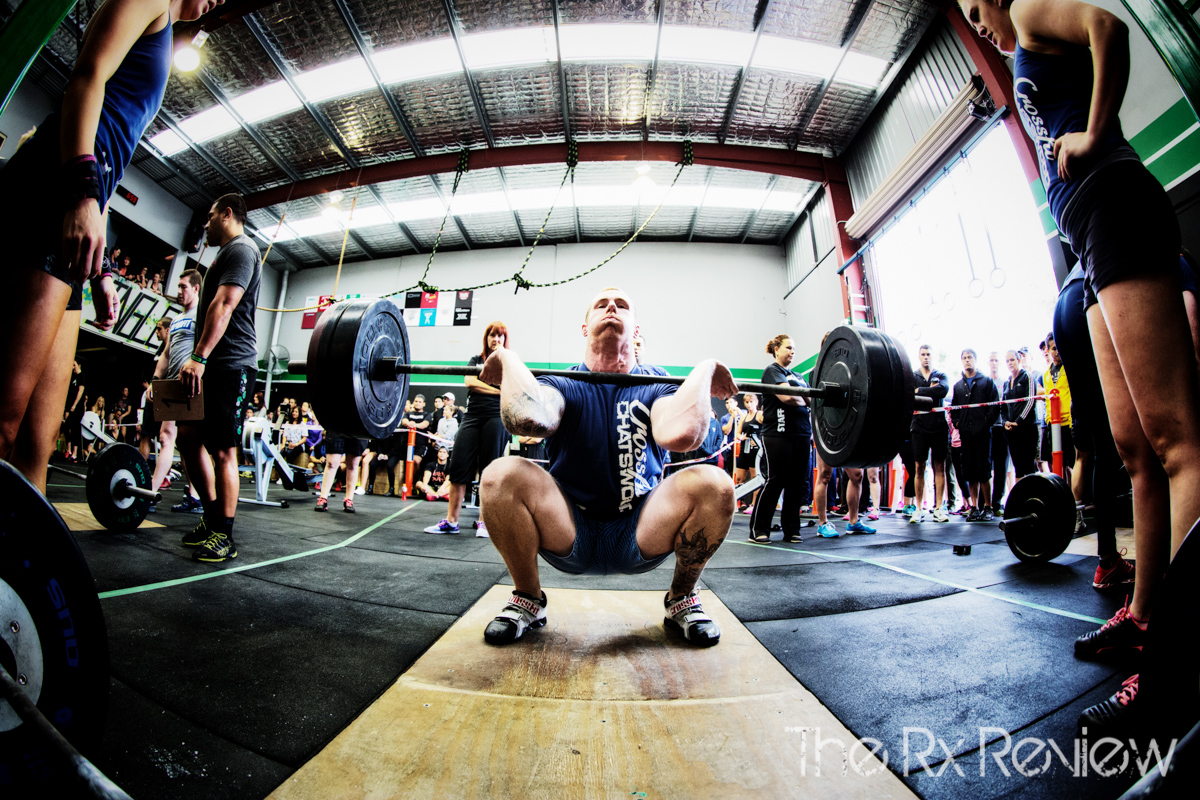


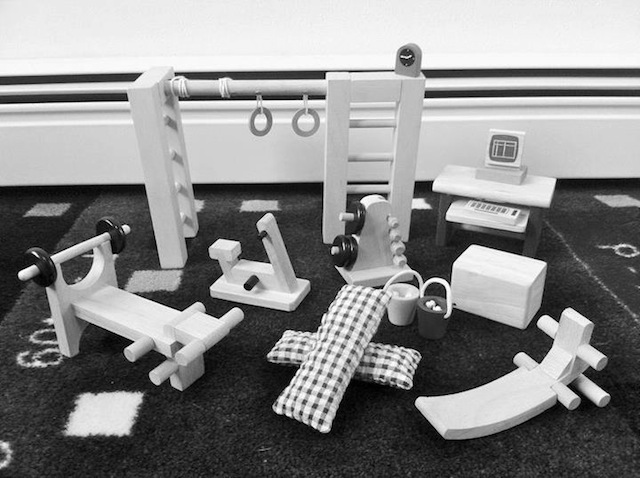
Follow Us